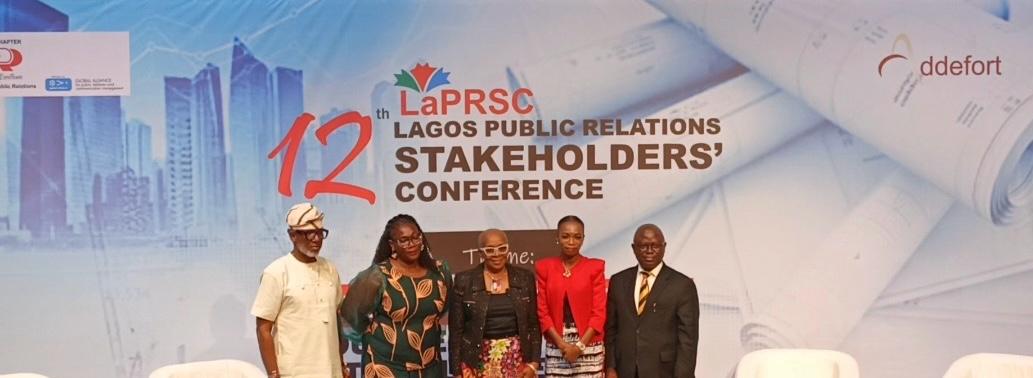In his book, The Fourth Industrial Revolution, Professor Klaus Schwab, founder and executive chairman of the World Economic Forum (WEF), explores a revolution that is fundamentally changing how we live, work and relate to one another. He describes fourth industrial revolution (4IR) technologies as having the potential to propel digitally ready countries into an age of unprecedented economic prosperity, as the “fusion of technologies … blurs the lines between the physical, digital and biological spheres.”
The 4IR is making the unimaginable possible, and a combination of AI, AR, IoT and blockchain is making it easier to convert ideas into reality – at an unprecedented pace.
How will this revolution affect creativity?
There is already mild panic about robots taking away our jobs, so let me start by allaying that fear. I don’t believe that’s going to happen because human beings have something robots don’t: creativity.
The WEF contends that, in 2020, creative thinking will be third on the list of the most important skills needed to survive and thrive during the 4IR. Quite simply, that’s because creativity has the ability to drive innovation, and now more than ever, this innovation can be implemented. This means that those blue-sky ideas can finally move from the “pitch ideas” folder to the “current projects” folder – and that’s super exciting!
Creativity is the key
It’s a given that businesses need to innovate to stay relevant, and this imperative is driven by consumer demands such as the need for utility, efficiency, speed and simplification. The world is moving at breakneck speeds and consumer expectations are higher than ever, but the upside is that brands and businesses can finally deliver on these demands through truly accessible technologies like IoT and AI.
Creativity is the key to making this all work. It helps human beings push the boundaries, explore the realms of possibility and ask “what if?” more often. Problem-solving comes in many shapes and forms, including apps and other technologies, so those who let their imagination run wild might just stumble across something that can effect real change.
Regardless of industry, being able to effect real change is where the value lies. As marketers, it’s our job to help brands change consumer behaviour, perceptions and thinking, and help people adapt to their ever-changing challenges and environments. New technologies allow us to do just that as we gather more data from more touchpoints, faster.
Creative skill is about having the ability to develop big ideas that can be experienced across most of, if not all, these new touchpoints and technologies, and not just through advertising. Ideas that create real utility for consumers and help deliver better experiences, which build emotional connections with brands and help to differentiate them from their competitors, is how our industry should be thinking about 4IR.
Instead of letting the technology own you, own it yourself. Schwab puts it this way: “[Human beings need to work] together to shape a future that works for all by putting people first, empowering them to constantly remind themselves that all these technologies are first and foremost tools made by people for people.”
Source: Bizcommunity





Comment
No comments found.